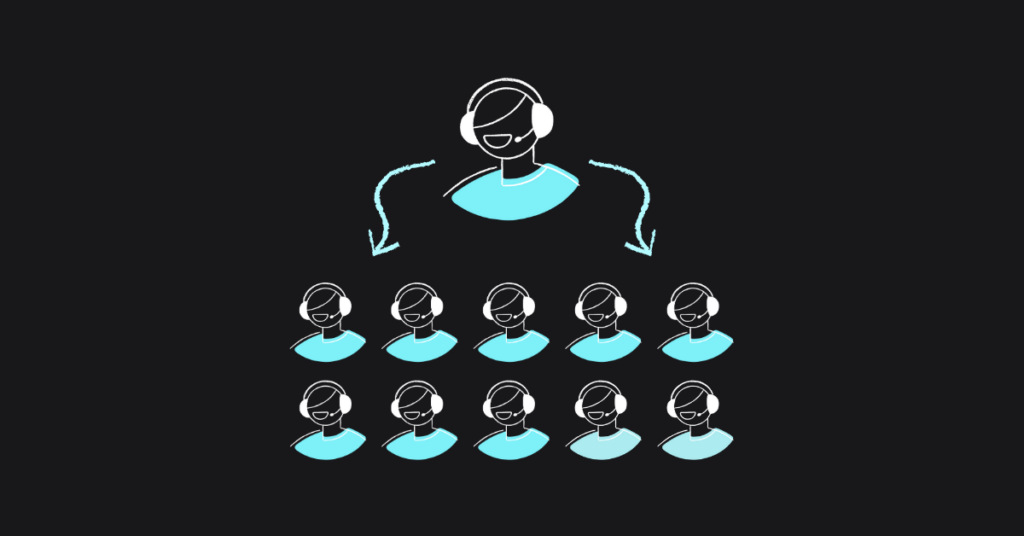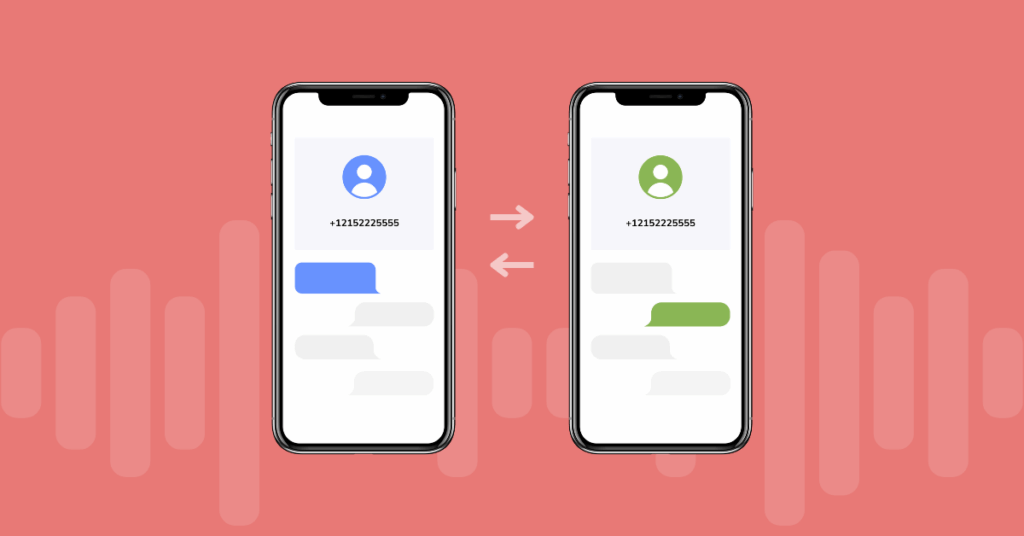
Table of contents
Businesses – especially small businesses – like to keep in touch with customers. It’s crucial to build long-term relationships with loyal clients. But all too often, reaching out happens via a ‘touch base’ email that’s bland and generic. It sits in your customer’s inbox, with no hope of getting a reply.
Why does this happen? If reaching out to contact customers is a good thing, why don’t you get any responses to your touch base emails? The intent of a touch base email is great, it’s the execution that gets you no results. So how can you improve your touch base emails and are there any better alternatives?
What are ‘touch base’ emails?
A touching base email comes in handy for a variety of scenarios such as:
- You pitched a new product or service and are waiting for a reply
- Your client said let’s follow up in a few months without giving a specific date
- You want to arrange a meeting with project stakeholders including the client
- Remind customers of the services you offer
- Wanting to follow up after an important meeting
These are all circumstances where you want to reach out to prospective, current, or ex-clients with a quick email. Touch base emails are usually meant as reminders or to prompt further action. However, most touch base emails are too generic and don’t include anything of interest to the recipient. The email doesn’t nudge them to take a particular action. Here’s an example:
Hi (name), just touching base to see if things have changed since our last meeting.
What are the odds you’ll get a reply to the above email? Little to none. It’s clear that the touch base email is a form letter, with nothing specific to discuss. It doesn’t even reference a particular event, how do you expect a busy customer to remember when your last meeting was? Besides, you are not asking them to do anything specific like call your business or set up a meeting. The customer will probably think they should reply sometime but never will.
When to send touch base emails
Apart from meeting follow-ups and scheduling, you may want to send touch base emails to stay in touch with clients. But don’t just send a vague email about wanting to keep in touch. You need to deliver value and show the customer you’re not here to waste their time.Try to use trigger events to send this kind of email such as a promotion, a new product launch, an industry convention, etc.
You can reference the event in your email so they know you have a reason to send that email. A brief congratulations on the product launch or sending a relevant podcast/blog post on a topic of mutual interest are great opportunities to touch base.
How to improve touch base emails
Touch base emails do not have to be boring and clutter the recipient’s inbox. Here are a few tips to craft better emails that will get you a response:
Get rid of jargon
And that includes the phrase just touching base! Many people feel it’s overused and cringeworthy. It doesn’t convey anything and sounds like a buzzword you use just because it’s trendy. Depending on the context, you can be quite informal with your customer in these emails. Keep it short and to the point, without fancy jargon. This will show customers you know they’re busy and value their time.
Include specifics
If you’re trying to arrange a meeting, propose a date and time. Maybe you want them to call you or vice-versa, so mention your business hours. If you’re following up after a demo or sale pitch, include details such as the topic you spoke about. Be specific and give pertinent details so the customer does not have to remember the context or dig through their inbox to find it.
Share relevant information
Think about what prompted the email you’re about to send. Did you find an exciting announcement by their company? Or maybe you found a great seminar on a topic you know the customer is interested in. Share links to relevant content that shows your common interests.
Reference challenges
If you know the customer is dealing with a particular challenge or the industry is facing a rough time and your product can help them, showcase it. Mention other clients who have used your product or service to improve results and offer to set up a meeting to discuss details. It shows that you understand the challenges they face and are genuinely interested in helping them.
Show what you can do for them
Sometimes customers need a little reminder about your product and what you can do for them. Mention a specific challenge they might face and how you’ve helped them in the past. If you’ve launched a new feature or service, show how it can help their business.
Invite them to an event
If you’re hosting an event or participating in one, send them an invitation to attend. Make sure the topic is relevant to their work or company. Talk about potential topics or their fellow attendees that they find interesting. It’s a good opportunity to stay in touch or further extend the client relationship.
Alternatives to touch base emails
Emails are appropriate in many circumstances including:
- You are not bound by any deadlines and can wait for a reply.
- When you want to schedule a meeting and include a calendar invite.
- You want to include links to an event, comment on their content, etc.
- If you want the customer to have a written record of the conversation.
- When you need to send detailed information to the customer.
But there are better ways to reach out to clients as well. Emails tend to be forgotten in cluttered inboxes or tucked away in folders out of sight. It also indicates to customers that you’re not looking for a quick reply unless it contains time-sensitive links. So what can you do when a touch base email is not appropriate?
Phone calls and video conferences are often better ways to accomplish what you want without unnecessary delays. They are real-time communication channels meaning you get a response quicker. Considering the volume of email most businesspersons get every day, your customer may appreciate a phone call instead.
How to use phone calls and video conferences
A phone call works well when you want to follow up after an important meeting or after a project milestone. It gives you a chance to talk about any concerns or issues that were not addressed in the meeting. You can always follow up with an email if you decide you need a written record or arrange another meeting.
Another situation where phone calls are better is when you need to communicate with multiple people. Instead of starting an email chain that quickly gets out of control, a group phone call with all participants (no more than 3 – 4 people) will help you hammer out details faster.
What about video conferences? Think of it as a combination of email and phone calls. It’s in real-time so you can quickly get feedback. But you can also share your screen and show participants what you mean. You can share links, arrange meetings, showcase your product and send group messages to all participants. Doing the same over email will probably take days and involves hundreds of messages between everyone.
Combine multiple communications channels
The best method to maintain communication with your customers is to use multiple channels appropriately. As you’ve seen, emails are suitable in some circumstances but not others. A quick phone call or short video conference with several participants can be ideal for some situations.
But there are consequences for using multiple channels. It’s easy for conversations to get lost or missed. A salesperson might send an email, the account rep uses phone calls, and the business manager might setup a meeting. Each person has no idea what the other is doing and the customer gets frustrated. It also creates an unprofessional impression, as if your business doesn’t know what’s going on.
Perhaps that’s why many smal business owners shy away from combining multiple channels. It’s easier to manage just email. That’s why integrating all your communication channels in one place is a good idea. There was a time when such integrations were expensive and restricted to large companies.
Not any longer. With unified communication suites that rely on VoIP as a foundation, you can get the best of all worlds. The solution is inexpensive, especially compared to previous generation software. There are fewer moving parts as everything is managed by a single provider. The integrated solution also means that every customer interaction is recorded and easily accessible in one place.
You can also integrate the communication platform with other enterprise systems like your CRM. Why rely on manual processes when you can automate and streamline them? So go ahead and improve ‘touch base’ emails so you get results and cultivate customer relationships.
More from the blog
Want to improve your business communication?
Unlock enterprise-class call center power at affordable prices – no hardware, no delays, no surprises!






